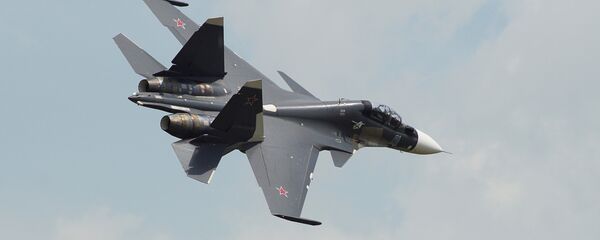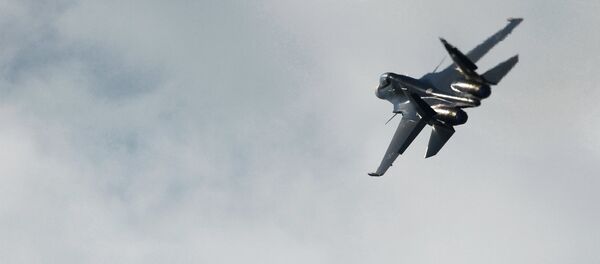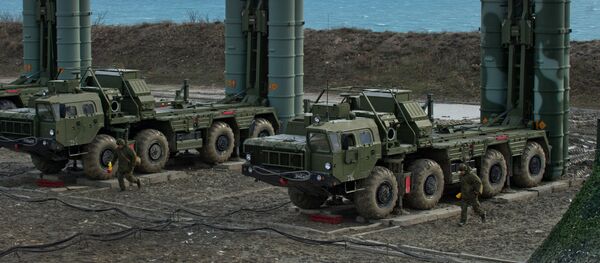The statement said the US reconnaissance aircraft changed its route after approaching Russia's Su-30 over the Black Sea, after which the Russian fighter returned to its home base.
"The pilot of the Russian plane identified the air object as a US P-8A Poseidon reconnaissance aircraft. The Russian fighter conducted a greeting maneuver after which the American reconnaissance plane changed its route and moved away from the Russian border," the ministry elaborated.
The Pentagon commented on the interaction on Thursday, however calling the Russian jet an Su-27.
However a number of experts suggest that it is not by chance that an advanced US reconnaissance aircraft packed with reconnaissance equipment turned up at Russia's borders particularly on May 9.
'Holiday reconnaissance'
On May 9, Russia celebrates Victory Day, marking the defeat of Nazi Germany in the Second World War. On this day at 12:00 noon, Russia's Black Sea command and the major part of the naval surface ships, submarines crews and coastal defense infantry took part in the celebrations.
Commander-in-chief of the Russian Black Sea Fleet Alexander Vitko personally took the salute at the naval parade in the Crimean city of Sevastopol, a home to Russia's Black Sea Fleet.
Hence experts suggest that the pilot of Poseidon hoped to get away undetected for the majority of his flight while collecting data. Such 'holiday reconnaissance' was a widely practiced activity during the Cold War. The most vivid example is the incident which occurred on May 1, 1960 when the US U-2 spy plane flown by CIA pilot Gary Powers was shot down in Soviet airspace while performing photographic aerial reconnaissance.
Powers parachuted to safety and was captured. Initially the United States government tried to cover up the plane's purpose and mission, but was forced to admit its military nature when the Soviet government came forward with the captured pilot and remains of the U-2 including spying technology that had survived the crash as well as photos of military bases in the Soviet Union taken by the aircraft.
May 1 is a public holiday in Russia, as it was in the Soviet Union, which marks the International Workers' Day, also known as Labor Day.
"The usual purpose of such flights is the disclosure of positions of anti-missile defense systems, anti-surface ship missile systems and other armament along the coast line and offshore," he said.
He further elaborated that Russia's mobile coastal defense missile systems K-300P Bastion-P and 3K60 Bal deployed in Crimea are of particular interest to western intelligence. They are equipped with supersonic anti-ship cruise missiles with a maximum range of 300 kilometers (more than 186 miles).
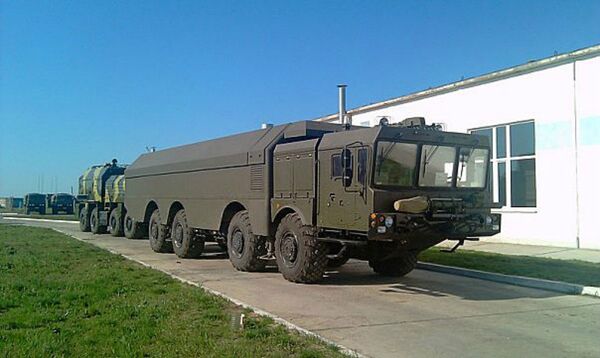
Bastion coastal defense missile system is capable of remaining on active standby for up to five days and can be located up to 200 kilometers (more than 124 miles) from the coast.
The 3K60 Bal, designated by NATO as SSC-6 'Sennight', is meant to provide cover to territorial waters, naval bases, other coastal facilities and infrastructure under favorable and adverse weather conditions in daytime and at night.
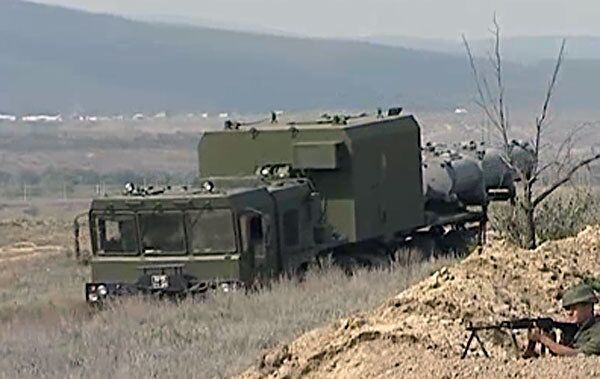
It is capable of hitting targets located up to 120 kilometers (74.5 miles) away, launching a total of 32 missiles with a maximum interval of up to three seconds. It can be combat ready in less than 10 minutes.
However first of all, the expert says, they are interested in Russia's advanced S-400 Triumf and S-300 air defense missile systems which have been recently put on combat alert in Crimea.
The US is trying to spot the exact location of these systems by 'live-lure," he said. He further explained how it works. When a provocateur aircraft approaches the border, the radar systems switch on, catch the goal and start tracking it thus revealing their location.
Meanwhile, the US satellites in the sky above the region make the aerial mapping of the area based on the data received from the aircraft. The aim is to locate the types of armament pegged to the radar, their number and exact location.
"It is normal practice, but to do it on such an important holiday for Russia is an impudent provocation," he told Sputnik.
The expert further said that formally, P-8A Poseidon is an anti-submarine warfare, anti-surface warfare and marine patrol aircraft however it is unknown what equipment was mounted on this particular aircraft which approached our borders on May 9.
"Such an aircraft is more of a flying computer able to solve a wide range of tasks," he said.
Sudakov did not rule out that this particular Poseidon was on the Russian border to drop sonobuoys in Russia’s waters. Since 2014, the Russian Black Sea Fleet has almost completely renewed its submarine fleet. It now has the Varshavyanka-class diesel-electric submarines.
The vessels, carrying crews of 52, have a top underwater speed of 20 knots and a cruising range of 400 miles (electric propulsion), with the ability to patrol for 45 days. The submarines are mainly intended for anti-ship and anti-submarine missions in coastal waters.
The expert noted that recent reports suggested that one of the submarines might now be on its ocean passage from the Baltic Sea where it has undergone its final testing. Hence the US aircraft might have been waiting for it to obtain its acoustic profile, which is individual for each particular submarine and which will help to locate it in the future.

